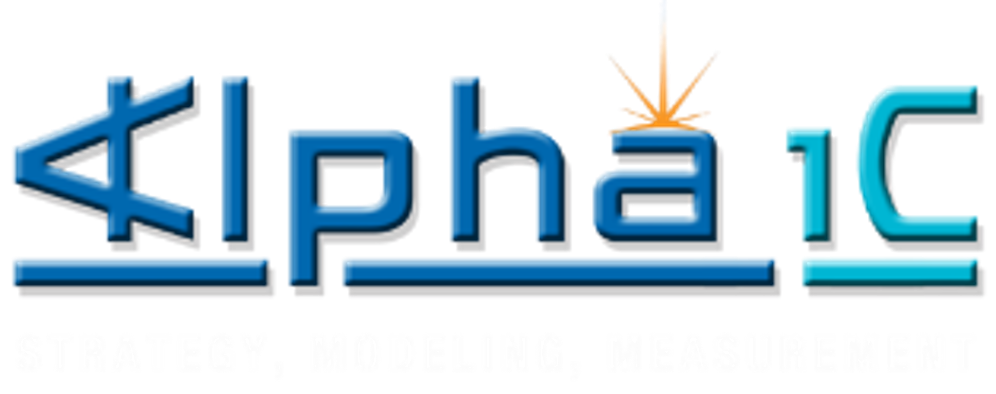There are many reasons to check the overall health of your patient copay program by completing a copay claims audit through a knowledgeable, objective 3rd party. One of the primary issues is that the NCPDP software which pharmacies use to process patient benefits has not been significantly upgraded in quite some time. And since this system has not kept pace with the offers available to patients, there is a chance that at least some of your copay claims are not being processed correctly.
For example, the way the system looks for and defines a covered patient can be problematic. This is done by looking to the primary payer field to see if it has been used. If it has, the logic assumes an insurance company has made the first payment and this patient is an insured/covered patient. That was a great and logical assumption many years ago, but today with cash cards flooding the market and with cash card entities becoming the primary payers, that logic doesn’t hold up.
If a cash patient walks in with both their cash card and your copay offer, there is a good chance that they will receive both benefits (the small cash card benefit first, and then your much larger copay discount as well).
How can that happen you might ask? It can and does happen because once the cash card entity occupies the primary payer position in the NCPDP system, a copay card run after it will qualify that cash patient as a commercial covered patient. How long do you think it takes an experienced pharmacist to figure out this scenario? When they find it works successfully for their patients, they simply repeat the process over and over for other patients. They may think “Yes the pharma company pays more, but they have such deep pockets and my patient really needs that discount”.
You may think that because you have no cash offer attached to your copay program that you don’t have any cash patients receiving your subsidies. But that isn’t true. How many of your commercial claims could be cash patients receiving your max cap/highest payout amounts because of the way the system is processing cash cards? This is not something that can be fixed in the NCPDP system quickly and it’s a key reason for doing an audit.
But there are many reasons for having an objective 3rd party do a claims audit:
10) You will better understand your program’s loopholes
09) You will see exactly how your program is getting executed at the pharmacy and will develop a much better understanding of how copay programs are run
08) You will be able to identify and quantify the waste in your program (normally 5-20% depending on the category, type of product, and your specific offer structure)
07) You will understand if the pharmacy rates you are paying are out of line versus the market
06) You will understand the use of cash cards in your program and their potential impact
05) You will wind up with a list of pharmacies and claims for follow up
04) You will most likely find immediately implementable savings
03) There is a high probability you will get an excellent ROI on your spend
02) There will be savings identified which will continue into future years
01) You will improve your brands gross to net now and for years to come
Claims audits are usually completed within weeks of when data is received. A copay claims audit takes a deeper dive into your program to find things that may be slipping past your copay vendor and the business rules. Just like your annual health check-up, the faster you learn about an issue, the faster you can implement corrective action.










